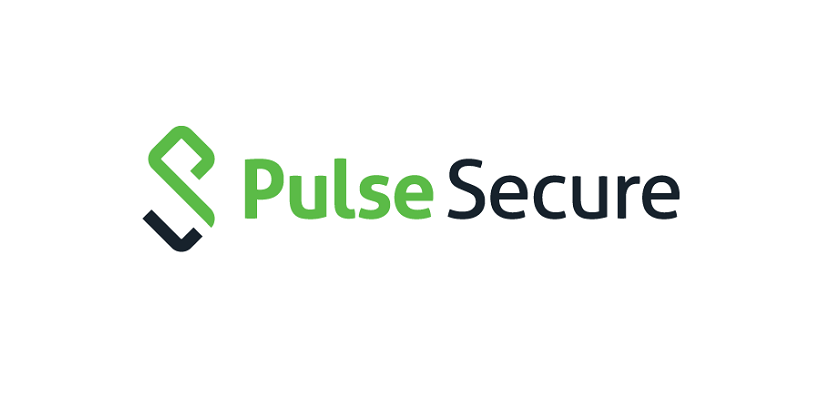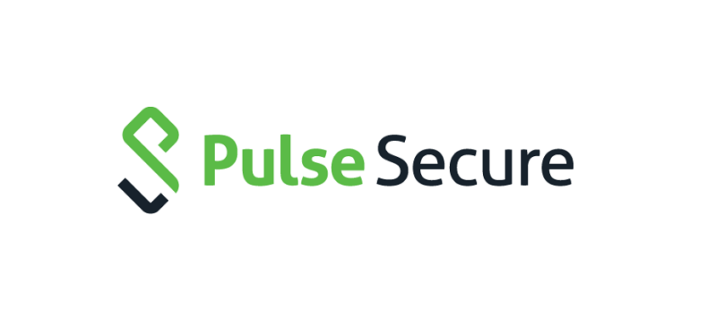
Pulse Secure has new features to its Network Access Control (NAC) solution, Pulse Policy Secure (PPS), that enhance endpoint and IoT device visibility, compliance, remediation, and threat response as organizations embrace expanded remote work flexibility with employees and their devices returning to a hybrid workplace.
Available separately or as part of Pulse Access Suite Plus, Pulse Policy Secure (PPS) is an enterprise-class NAC solution and the update release includes over 30 new features and enhancements such as support for additional endpoint detection and response (EDR) and IoT / OT vendors including McAfee and Nozomi.
With businesses slowly opening up more modified and social-distanced work settings and accelerating multi-cloud and hybrid IT resource use, organizations are experiencing increased attack vectors and exploits stemming from endpoint and IoT device exposures. What’s required to ensure user productivity and information security in today’s hybrid work environment is greater managed and unmanaged device oversight, expanded endpoint compliance and remediation capability, and means to unify remote and on-premise access control.
Cybersecurity Insider’s noted the following survey results: *
- 66% saw an “increase to significant increase” in endpoint and IoT security incidents impact over the last 12 months, with the top 3 being malware, insecure network and remote access, and compromised credentials / weak authentication.
- 50% anticipate “high to likely” that their organization will become compromised due to an endpoint or IoT originated attack in the next 12 months.
- 48% have “moderate to unlikely means” to discover, identify and respond to unknown, unmanaged, or insecure devices accessing network and cloud resources.
Modern Network Access Control solutions provide the agent and agentless visibility, contextual access policy control and integrated threat response capabilities necessary to prevent endpoint exposures that yield identity theft, malware and network compromise. Regulated industries, such as financial services and healthcare, need to be especially diligent in enforcing endpoint compliance and segregating IoT access.
New Features Enhance Endpoint Compliance
“The latest release of Pulse Secure NAC continues to advance our deployment, usability and threat response capabilities while delivering enterprise-class functionality,” said Ganesh Nakhawa, director of portfolio solutions at Pulse Secure. “With our unique means to offer a unified endpoint compliance and protected connectivity capabilities across mobile, network and cloud environments, organizations can mitigate endpoint and IoT security risks while ensuring productivity no matter where employees work.”
Pulse Secure offers a portfolio of Secure Access solutions that provide exceptional usability, visibility and Zero Trust policy orchestration to enable seamless, compliant user and device access to applications and resources across distributed network and cloud environments. New PPS version 9.1R8 features and enhancements include:
- Endpoint security compliance enhancements with leading endpoint detection and response (EDR) vendors including new McAfee ePolicy Orchestrator (ePO) integration. This allows organizations to assign role-based access based on device attribute details provided by McAfee ePO, automatically install McAfee ePO client if not detected, and limit or block connectivity based on threat alerts received from ePO, such as non-compliant or compromised devices.
- Agentless device discovery and security posture assessment advancements, such as expanded passive device fingerprinting using TCP and SMB protocols, to enhance endpoint access control and reduce administrative classification tasks.
- Greater device visibility and threat response for Industrial Control System (ICS) environments based on increased IoT/IIoT device classifications, and automated access control based on threat severity notifications from IT and OT security vendors such as Nozomi.
- Management UI improvements that simplify and streamline administrative tasks such as new search and custom reporting options to expedite audits, investigations and operational insight.
Pulse Policy Secure has FIPS 140-2 Level 1 certification and is Common Criteria certified extensive deployment in government, military and government contractor applications. Used to satisfy NIST 800-53 controls and Comply-to-Connect requisites, the solution is certified on the U.S. DoD Unified Capabilities (UC) Approved Products List (APL) and for J Joint Warfighting IT Interoperability (JTIC).
NAC Upgrade Program
Organizations can take advantage of Pulse Secure’s Trade-in Program to replace current NAC solutions from companies such as Forescout, Cisco, Aruba, and Fortinet.






